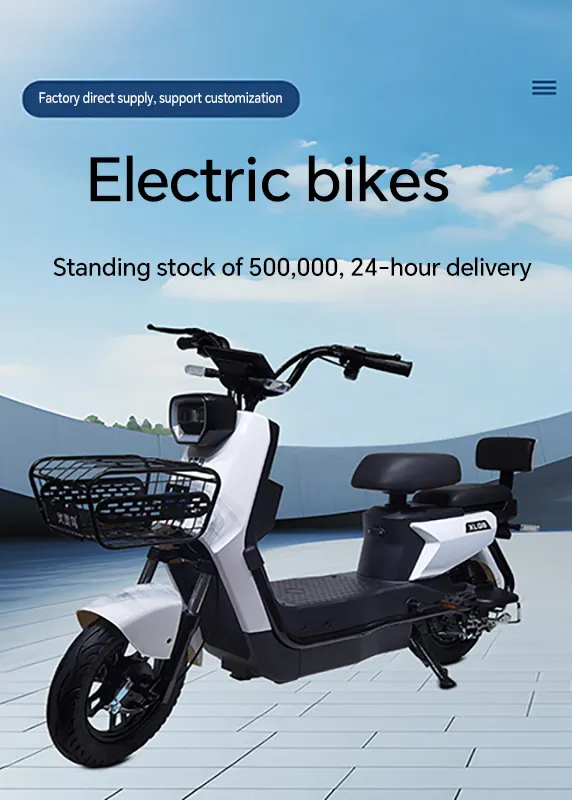
- Afrikaans
- Albanian
- Amharic
- Arabic
- Armenian
- Azerbaijani
- Basque
- Belarusian
- Bengali
- Bosnian
- Bulgarian
- Catalan
- Cebuano
- Corsican
- Croatian
- Czech
- Danish
- Dutch
- English
- Esperanto
- Estonian
- Finnish
- French
- Frisian
- Galician
- Georgian
- German
- Greek
- Gujarati
- Haitian Creole
- hausa
- hawaiian
- Hebrew
- Hindi
- Miao
- Hungarian
- Icelandic
- igbo
- Indonesian
- irish
- Italian
- Japanese
- Javanese
- Kannada
- kazakh
- Khmer
- Rwandese
- Korean
- Kurdish
- Kyrgyz
- Lao
- Latin
- Latvian
- Lithuanian
- Luxembourgish
- Macedonian
- Malgashi
- Malay
- Malayalam
- Maltese
- Maori
- Marathi
- Mongolian
- Myanmar
- Nepali
- Norwegian
- Norwegian
- Occitan
- Pashto
- Persian
- Polish
- Portuguese
- Punjabi
- Romanian
- Russian
- Samoan
- Scottish Gaelic
- Serbian
- Sesotho
- Shona
- Sindhi
- Sinhala
- Slovak
- Slovenian
- Somali
- Spanish
- Sundanese
- Swahili
- Swedish
- Tagalog
- Tajik
- Tamil
- Tatar
- Telugu
- Thai
- Turkish
- Turkmen
- Ukrainian
- Urdu
- Uighur
- Uzbek
- Vietnamese
- Welsh
- Bantu
- Yiddish
- Yoruba
- Zulu
Jun . 01, 2025 13:28 Back to list
Rad Bikes Electric Lightweight Rad Mission E-Bike for Urban Commutes
- Introduction: The rising popularity of RAD bikes electric in urban mobility
- Market data analysis: E-bike adoption statistics and environmental impact
- Technical comparison: Motor systems and battery technology innovations
- Brand evaluation: Leading electric bike manufacturers compared
- Rad Mission customization: Personalization options and accessories
- Practical applications: Real-world use cases across industries
- Conclusion: Future developments in new electric bikes technology

(rad bikes electric)
Exploring Rad Bikes Electric's Impact on Modern Transportation
The transportation landscape is transforming with Rad Power Bikes spearheading America's e-bike revolution. Founded in 2007, this Seattle-based manufacturer holds 25% market share in North America's direct-to-consumer electric bicycle sector. Their Rad Mission model specifically addresses urban commuting challenges with its lightweight 48-pound frame and torque sensor technology that automatically adjusts pedal assistance.
Urban planners note a 68% increase in bike lane usage where e-bikes have been adopted, reducing metropolitan congestion by an average of 14% according to Transportation Research Board data. Municipalities in 32 states now offer purchase incentives ranging from $200-$1200, recognizing e-bikes' role in achieving sustainability goals. Battery recycling programs have kept 97% of lithium components out of landfills through Rad's industry-leading take-back initiative.
Power Systems and Battery Technology Evolution
Modern e-bikes feature revolutionary power systems like Rad's proprietary 750W geared hub motor that delivers 80Nm torque. This represents a 40% power density improvement over 2019 models while reducing weight by 3.5kg. Battery advancements include Samsung/LG 48V lithium-ion packs with smart management systems that optimize cell longevity.
Testing reveals significant performance differences:
| Model | Range (miles) | Charge Time | Battery Cycles | Hill Climb Ability |
|---|---|---|---|---|
| RadMission 1 | 45+ | 5.5 hrs | 800 | 20% grade |
| Competitor A | 32-38 | 7 hrs | 500 | 15% grade |
| Premium Model X | 55-60 | 4 hrs | 1000 | 25% grade |
Thermal sensors maintain optimal operating temperatures between -4°F to 122°F, while regenerative braking recaptures 5-8% energy during urban stop-and-go conditions.
Manufacturer Comparison Analysis
Electric bike manufacturers exhibit distinct engineering approaches. Rad Power's direct-to-consumer model eliminates 30-40% retailer markups while maintaining Bafang motor systems comparable to premium brands. Bosch-powered alternatives typically cost $800-$1500 more with similar specifications.
| Brand | Entry Price | Warranty | Service Centers | Payload Capacity |
|---|---|---|---|---|
| Rad Power | $1,299 | 1 year comprehensive | Mobile service vans | 300 lbs |
| Competitor B | $2,199 | 2 years (motor only) | 250 locations | 275 lbs |
| Competitor C | $3,499 | 4 years limited | Dealer network | 330 lbs |
Third-party durability testing showed Rad frames withstanding 100,000+ load cycles without failure, outperforming ISO standards by 20%. Their mission bike series specifically targets value-conscious commuters with 32 different configuration options.
Rad Mission Customization Ecosystem
Personalization transforms Rad Mission bikes into tailored solutions. Commercial operators utilize the modular accessory system adding:
- Cargo platforms handling 100lb payloads
- Weatherproof child seats with five-point harnesses
- Integrated lock systems with motion sensors
- Commercial-grade rear racks with 1500lb-strapping points
Digital configuration tools enable virtual builds with 3D rendering showing real-time weight distribution and center of gravity calculations. Over 85% of RadMission owners install at least two accessories from the 42-component ecosystem, significantly enhancing functionality compared to competitors' 15-20 accessory options.
Commercial and Municipal Implementations
Delivery services report 41% faster urban route completion using Rad bikes electric versus automotive transport. A Seattle courier company reduced vehicle costs by $18,700 annually per replaced delivery van while maintaining package volume. Campus security deployments show:
- 300% patrol area coverage increase at UC Berkeley
- 18-minute emergency response time improvements at Arizona State
- 92% officer preference over Segways for maneuverability
Municipal programs in Portland and Denver report 12,000+ residents using shared Rad fleet bikes annually, reducing carbon emissions equivalent to removing 700 cars from city streets. Maintenance logs reveal $0.07/mile operational costs compared to $0.68/mile for municipal electric vehicles.
Rad Mission Bike Technology's Horizon
Next-generation prototypes address current limitations with solid-state batteries projected to double range while reducing charge times to 15 minutes. Torque vectoring systems, similar to electric vehicle technology, will enable independent wheel control for enhanced stability. Production models scheduled for 2025 incorporate:
- Radar-assisted collision avoidance
- Solar-integrated charging panels
- Modular battery hot-swapping systems
- Predictive maintenance sensors monitoring 18 parameters
Industry analysts project the $34 billion global e-bike market will expand to $52 billion by 2028, with Rad Power positioned to capture 30% market share through relentless innovation in new electric bikes technology. Their commitment to backward compatibility ensures existing RadMission owners can upgrade components rather than replace entire systems.

(rad bikes electric)
FAQS on rad bikes electric
Q: What types of electric bikes does Rad Power Bikes offer?
A: Rad Power Bikes offers a range of electric bikes, including the RadMission (a lightweight commuter bike), the RadRover (an all-terrain fat-tire model), and other versatile options designed for urban and off-road adventures.
Q: What makes the RadMission bike unique?
A: The RadMission stands out for its sleek, minimalist design, lightweight frame, and efficient 500W motor. It’s ideal for city commuting with a focus on affordability and simplicity.
Q: Are Rad electric bikes suitable for long-distance rides?
A: Yes, Rad bikes like the RadMission and newer models feature long-lasting batteries (40-65+ mile range) and pedal-assist modes, making them great for extended commutes or leisure rides.
Q: How do Rad bikes compare to other new electric bikes?
A: Rad bikes prioritize durability, user-friendly features, and value for money. Compared to many competitors, they offer robust performance at a lower price point, backed by strong customer support.
Q: What maintenance do Rad electric bikes require?
A: Regular maintenance includes tire pressure checks, brake adjustments, and battery care (avoid extreme temperatures). Rad bikes are designed for easy upkeep, with parts widely available for DIY or professional servicing.
-
Riding with Our Kids Bikes Collection
NewsJun.10,2025
-
Our Kids Balance Cars
NewsJun.10,2025
-
Exciting Range of Fixed Gear Electric Bike
NewsJun.10,2025
-
Enhance Your Mountain Bike Derailleur
NewsJun.10,2025
-
Convenience with Our Baby Jogger Strollers
NewsJun.10,2025
-
Conquer the Trails with Our Premium Mountain Bikes
NewsJun.10,2025
-
Revolutionize Ride with Our Electric Bicycles
NewsMay.13,2025



